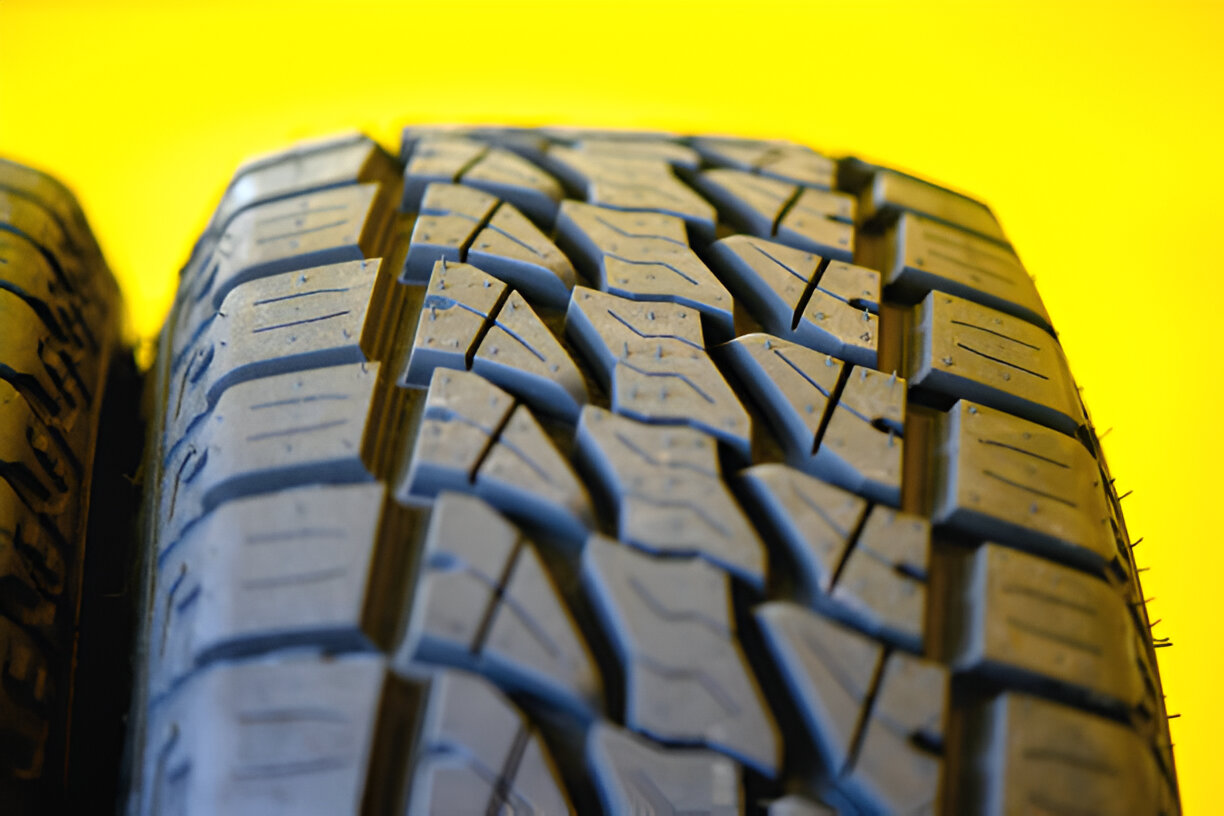The Role of Properly Working Headlights in Night Driving Safety
Driving at night provides a distinct set of challenges for the road user. Poorly lit roads, glare from oncoming vehicles, and an increased chance of encountering inattentive or impaired drivers all combine to make driving at night more dangerous than driving during daylight hours. In order to ensure a safe nighttime journey, one of the most important factors is the overall levels of brightness and functionality of your vehicle’s headlights. Optimal headlight function is vital for both visibility and safety; it allows the driver to see the road, as well as be seen, and provides another level of accident prevention for those traveling at night. This article sheds light on the importance of optimal headlight functionality and gives some suggestions for how to ensure that your own headlights are functioning at their best.
1. Why Headlights Are Crucial for Night Driving Safety
When you’re driving at night, headlights are the main source of light that you have available. Headlights serve two main purposes:
Headlights provide vision: Road lights permit a driver to see the road surface, traffic signs, a stop sign and other vehicles ahead before the car reaches the obstacle, sign or other vehicle. Headlights assist the driver when visibility is low, for example in rural areas or on dark unlit roads.
Making Your Car Visible: Your headlights let other drivers, walkers and animals see your car. This helps them avoid you when they can’t see you.
When your headlights aren’t in good shape and working well, you don’t see what happens on the road as well as you should – and this increases the chance of an accident.
2. The Consequences of Malfunctioning or Ineffective Headlights
Driving with malfunctioning or dim headlights can lead to several dangerous situations:
Reduced Visibility: Reduced visibility due to dim or non-functioning headlights.This reduces your forward visibility, making it difficult to recognise potential road hazards (potholes, animals, and debris) in time to avoid them.
Increased Risk of Crashes: When headlamps are not working well, you are more likely to have an accident from ‘reaction time impairment’. If you can’t see something in front of you until the last second, you’re going to be less likely to avoid impact with it.
Reduced Reaction Time: If your headlights are not functioning properly, you might not have enough time to react. If you do not see a curve in the road, an oncoming vehicle, or a pedestrian in time, you will not be able to avoid an accident in time.
Legal and monetary consequences: Driving with broken headlights is a hazardously situation as well as an illegal behaviour. If you get pulled over because of a burnt out headlight, you could receive a fine and be held accountable for an extra cost.
3. Common Headlight Issues and How to Address Them
Some everyday things that could go wrong with your headlights and affect your performance include: Among these common issues, it’s vital that you recognise and deal with them in order to enjoy your night driving.
Burned-Out Bulbs: One of the easiest problems to identify is when a bulb has burned out: if either of your headlights are dark, replace the bulb. Always maintain a spare bulb in your vehicle.
Dull Headlights: Headlight bulbs tend to dull over time due to age and wear need to be replaced for better performance Consider replacing cover with brighter high-performance light bulbs.
Clouded or Yellowed Lenses: Diminished reflection can also occur when lenses cloud or yellow from exposure to the elements. Clean them regularly or use a headlight restoration kit.
Misaligned Headlights: if your headlights aren’t aimed properly, you may not be illuminating the road sufficiently or you may blind oncoming drivers. Have your headlights checked and aimed by a professional if you suspect that they are pointing too high, too low or off to the side.
Electrical Gremlins: Bad wiring, a bad switch or poor connection on a receptacle, or a failing headlight switch can cause it to flicker, dim or even go out completely. Take it to a mechanic to have it checked out.
4. Maintaining Your Headlights for Optimal Performance
Regular checks are the best way to make sure your headlights are on point before hitting the road at night, so here are a few maintenance tips to get the most out of your car’s lights.
Wash Your Headlights Regularly: Grime, dirt and even road salt can accumulate on the headlamps over time, leading to various problems. To prevent this, make sure to wash your headlights at regular intervals to get rid of any debris on them.
Replace Bulbs in Pairs: Once the light on one side starts going dim, you’ll want to replace the burnt bulb immediately to ensure a consistent brightness level for both sides. Bulbs on the same side will usually burn out in a few months of each other, so you don’t even need to keep track of a time frame.
Right Bulbs: Always replace headlights with the correct bulbs specified for your vehicle. Using an improper bulb may impair the performance of your headlights and, in certain cases, it may damage the assembly of your headlights.
Check and Replace Lenses: If your lens is cracked, chipped or permanently yellowed, replace it. A damaged lens not only decreases light output, but it can keep you from seeing what’s ahead.
Look Horizontally: On a flat surface, such as the ground or a building, trace the outline of your headlights. Then, look at the outline on the other side to see if it is of the same size and shape. If not, it may be a sign of Brian’s Eye. Myth: Keeping your vehicle well-maintained will automatically improve your safety. Fact: Having regular maintenance by an experienced mechanic will protect you from possible road hazards.
5. The Benefits of Upgrading Your Headlights
Many modern vehicles also come with latest headlight technologies and give an amazing performance than the normal halogen bulbs, if you have a vintage automobile then you can upgrade your car lights to enhance the safety on dark nights:
LED Headlights – Believe it or not, this upgrade can dramatically increase your ability to see at night. LEDs (Light Emitting Diodes) are highly energy-efficient, produce excellent light beams even at higher speeds, and last 10 times longer than halogen headlights or bulbs.
Hydrogen Peroxide Treatment: Hydrogen peroxide kills bacteria embedded in the footbed, eliminating arthritic foot odour. LED Interior Lighting: Low-energy LED lights illuminate the footbath with a natural-looking, soothing light that originates from the bottom of the bath.LED Headlights: Headlights with high-intensity discharge (HID) bulbs provide the brightest and whitest light for night-time driving. HID bulbs emit light (5,400° Kelvin) which is closer to sunlight than regular halogen lights (3,500 to 4,500° Kelvin) and therefore provide better visibility than conventional halogen bulbs.
Adaptive Headlights: Some cars are provided with adaptive headlights, which adjust the direction of the light beam to suit the speed, steering angle and road height and roughness of the vehicle. This improves visibility, especially over hills and around curves. This helps the driver to avoid accidents.
Fog Lights: If you drive often in fog or mist, equip your vehicle with fog lights. Fog lights cut through fog better than ordinary headlights and provide more light close to the ground, where road surfaces are most often visible.
6. Night Driving Safety Tips Beyond Headlights
Besides having good headlights, you can keep yourself safer at night behind the wheel by also taking these steps:
Speed Down: In the dark, your reaction time and perception is reduced accordingly. Slow down to increase the time you have to make a reaction to a blast square-on.
Space Cushion: Add extra following distance to allow for decreased visibility and slower reaction time
Brighter isn’t always better. High beams are designed to let you see farther down the road than low beams, but should only be used when there’s no oncoming traffic. If you’re within 500 feet of other vehicles, be sure to switch back to low beams. The association between brighter lights, greater visibility, and aggressive driving is unfounded. These are just some of the persistent myths about driving that even many experienced drivers believe deep down. Sometimes, they’re extolled as proven techniques meant to be shared, passed down from one driver to the next, similar to a secret handshake from the Drivers’ Lodge. To a new driver, information like that sounds infallible and wise. But the problem is that a lot of it isn’t really true. None of us likes to be faced with our mistake, especially when it’s something we’ve been doing for years. Saying something is a myth is often unsettling, as it not only tells us that we’ve been wrong all along, but also urges us to disregard age-old and widespread wisdom. We might not want to admit it, but we all need to ask ourselves if there’s anything lurking in our driving habits that we’ve been doing wrong.
Take a Break: Falling asleep at the wheel is a common danger when driving at night. Take regular breaks, avoid large meals and stay hydrated to stay alert.
Reduce distraction: Avoid using your phone or CD player so you can concentrate on the traffic.
Conclusion: Brighten Your Path to Safety
Good headlights are an important part of safe night driving. They show you the road ahead and help others see you as well. Maintenance, bulb replacements, and upgrades to newer headlight technology can increase your comfort and safety while driving at night. Taking the time to have your headlights in good working order will allow you to drive safer, even on the darkest roads. Remember, when you’re out at night, a good set of headlights is your best friend.





